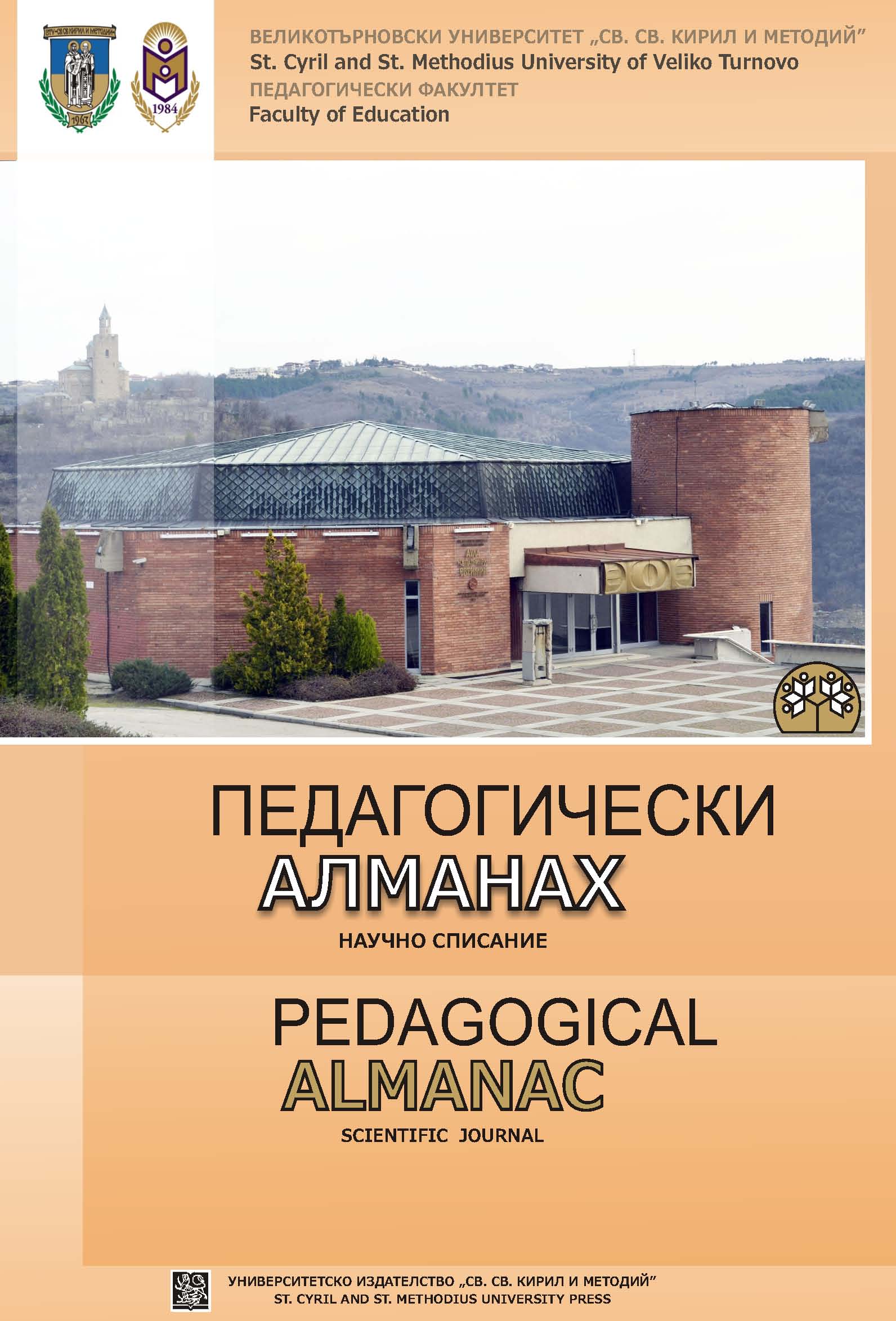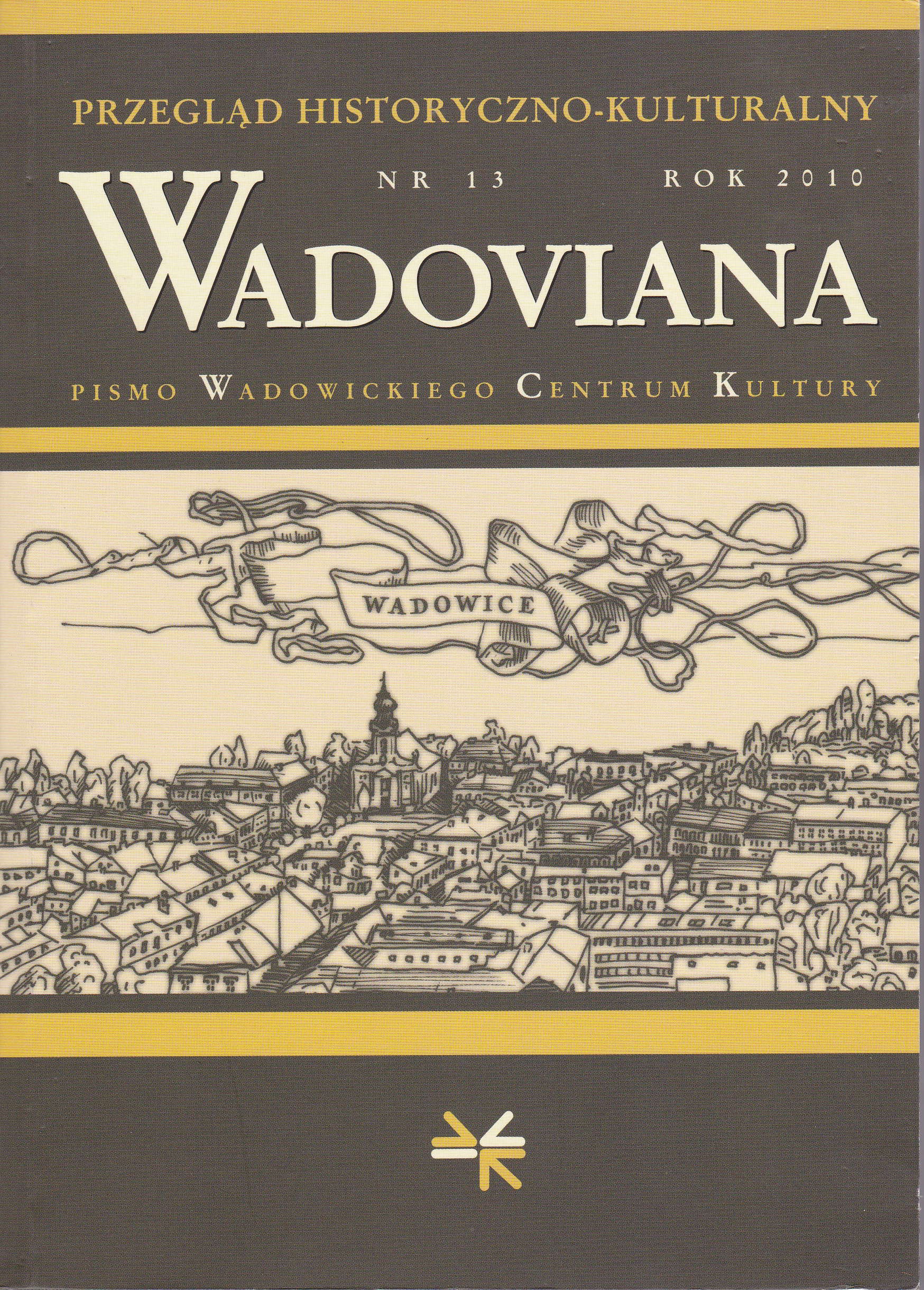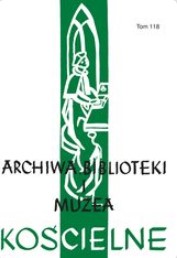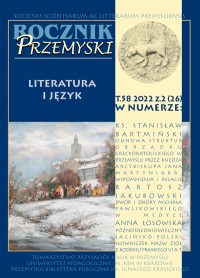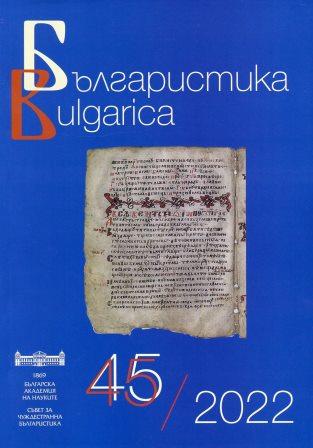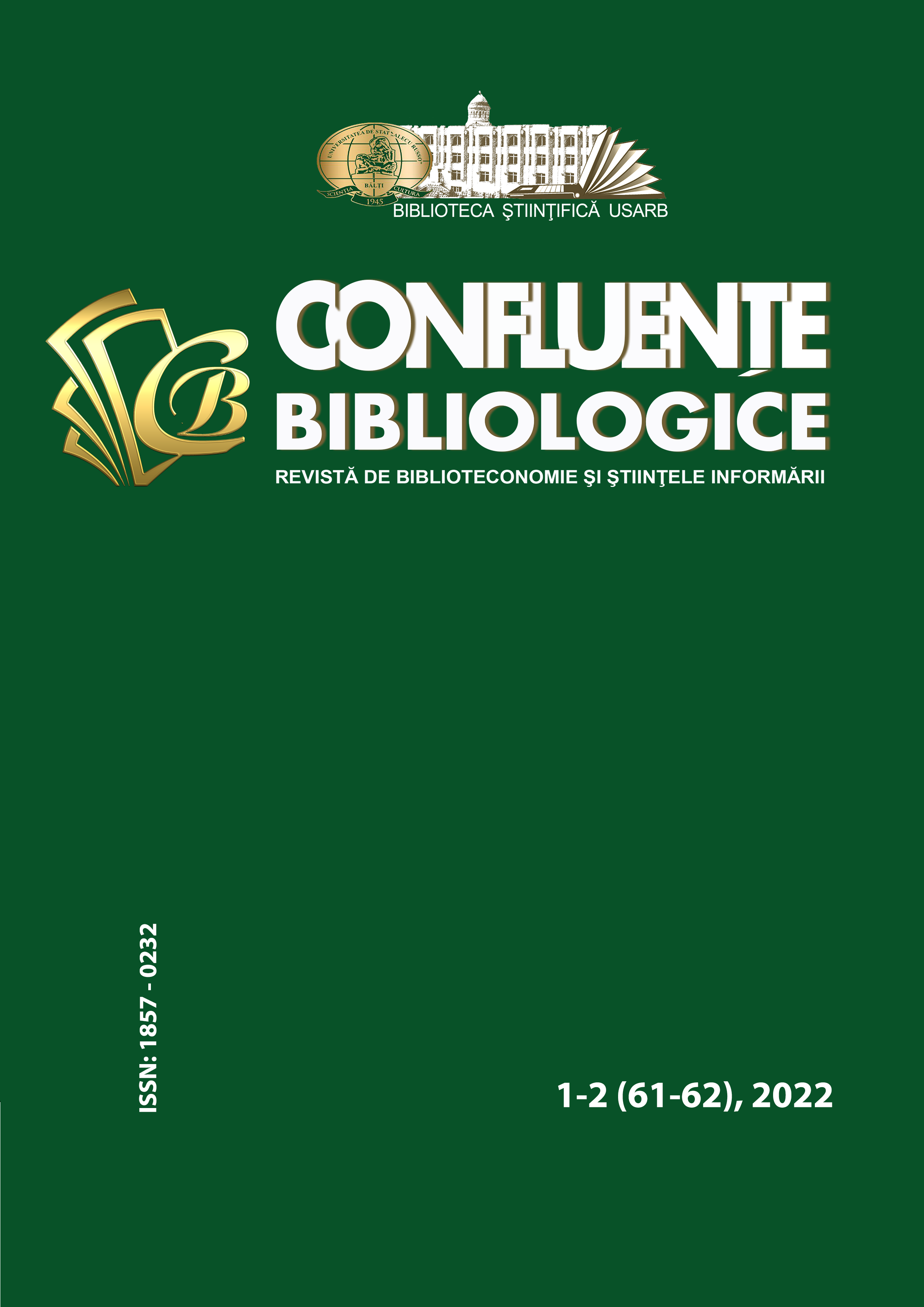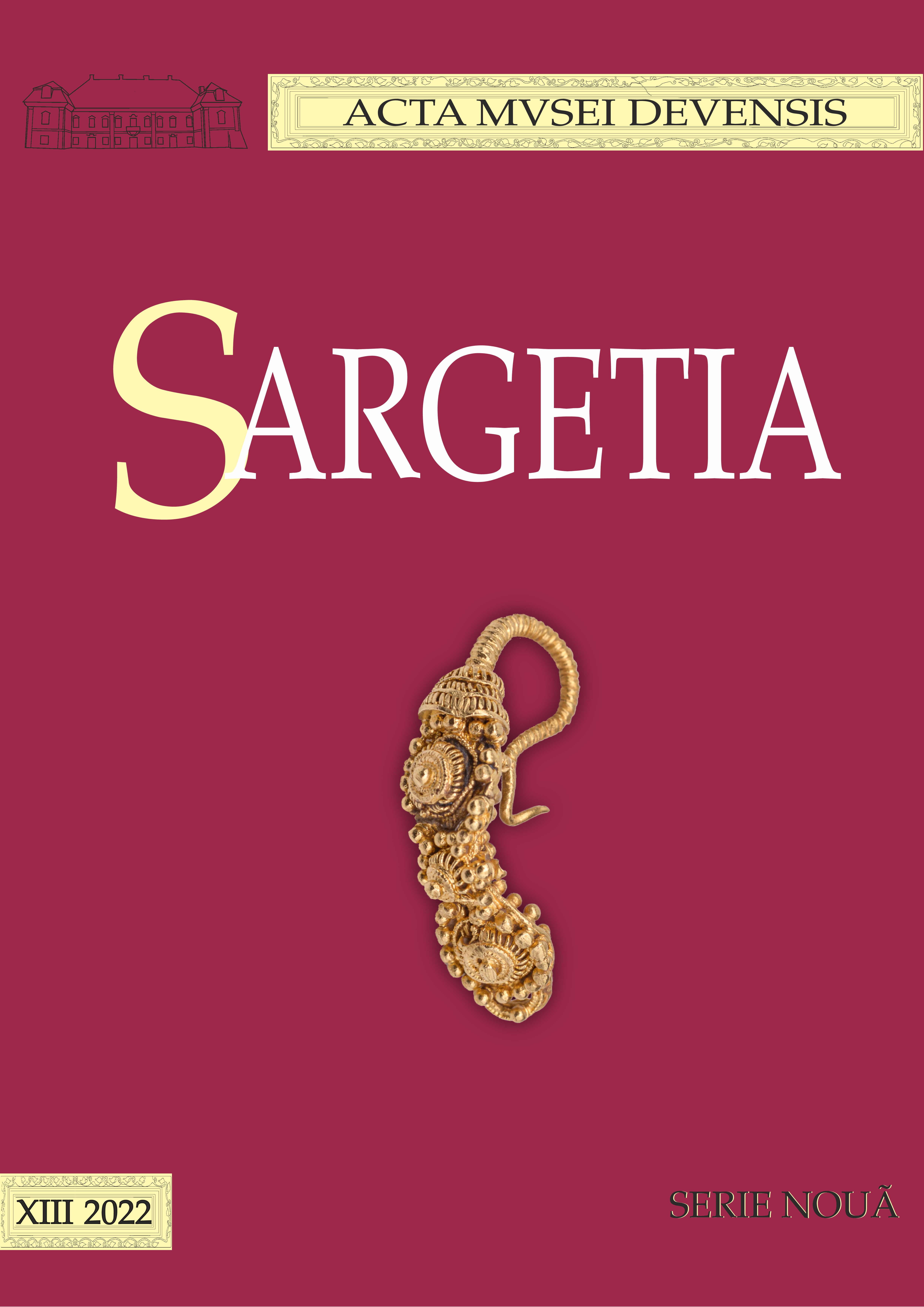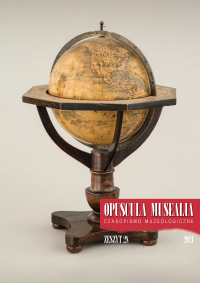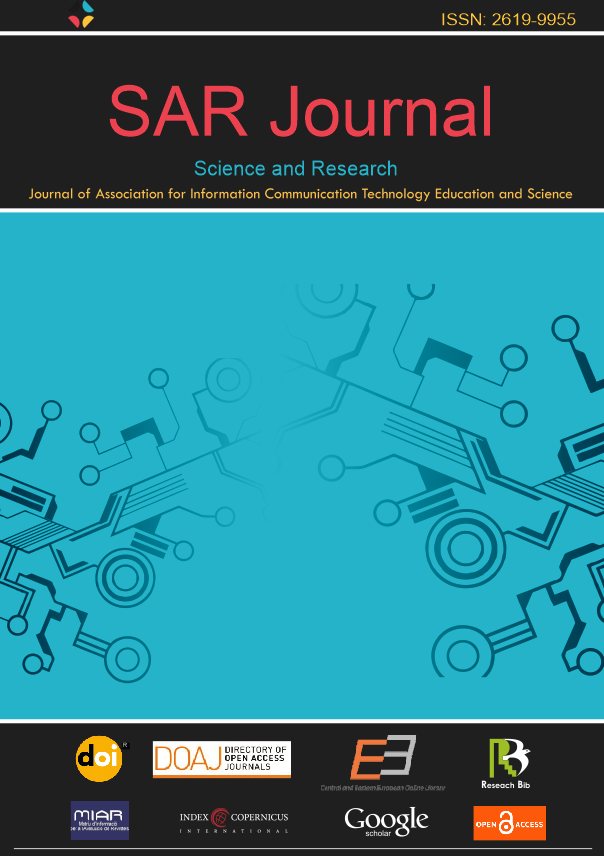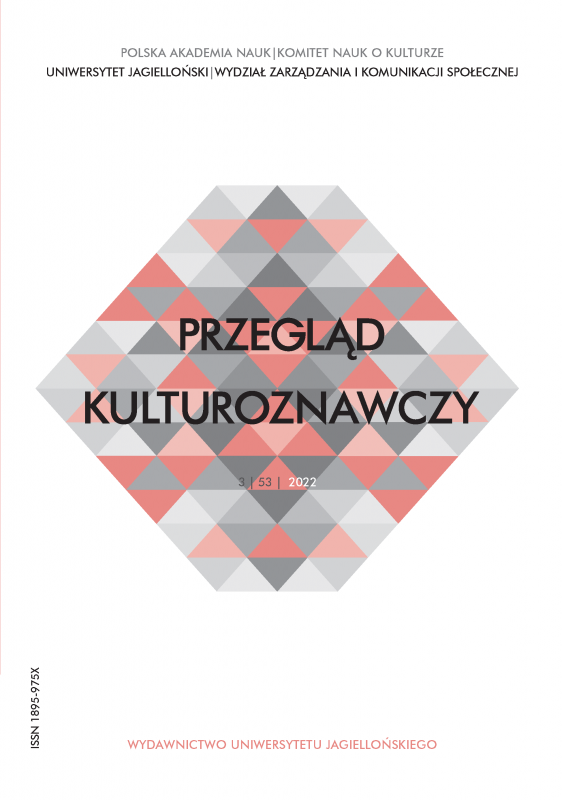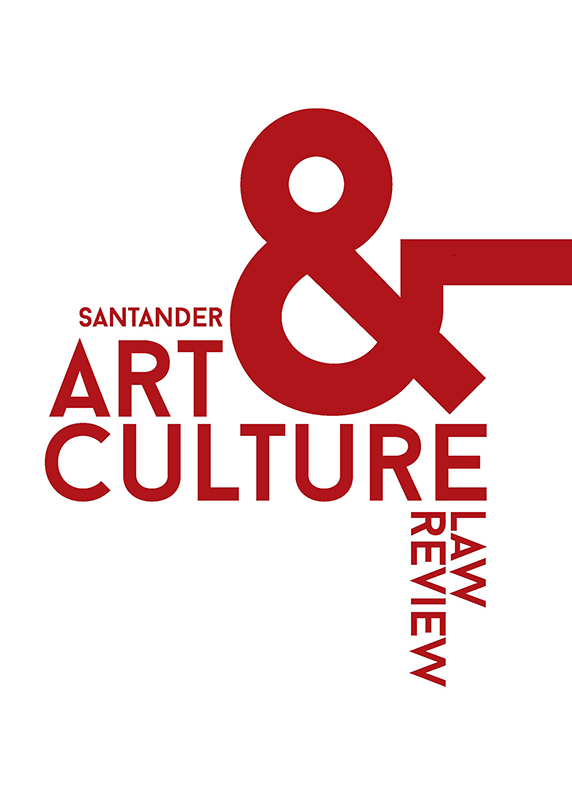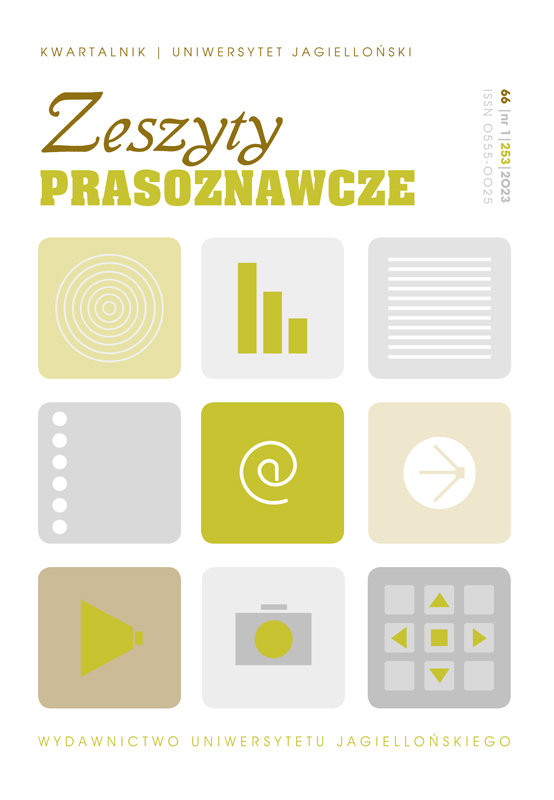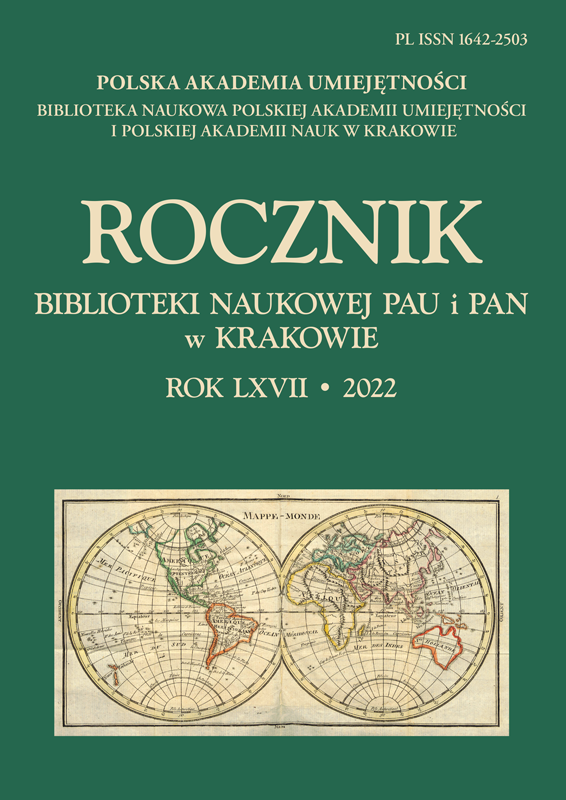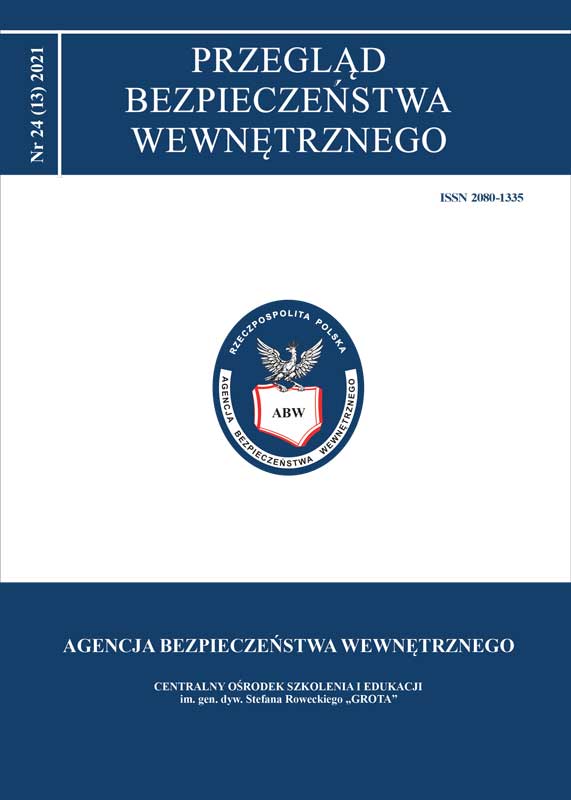Author(s): Lăcrămioara Manea / Language(s): Romanian
Issue: 13/2022
Petre Gârboviceanu (1862-1934), an important personality for Romanian cultural and political life, was a pedagogue, teacher and director of the Normal Primary School for Boys in Bucharest from 1889 until the end of his life, politician, author, translator, preface writer and text editor. He was also active as a teacher in theological education, often dealing with certain religious issues in his speeches. At the beginning of 1929 he was honored at the Central Seminar in Bucharest for 41 years of activity, on this occasion the work Tribute to Petre Gârboviceanu (Bucharest, 1929) was published (Pl. II/1, 3). In his personal library, of approximately 10,000 volumes, P. Gârboviceanu collected books from his youth and donated manuscripts and valuable works to The Romanian Academy Library from an early age. In 1932, he inaugurated the Normal School library building in Bucharest, which was called the “Petre Gârboviceanu” Library, its core being his donation of over 5,000 volumes, as well as complete collections of Romanian periodicals. In a study published in 2004, signed by P. Grigoriu, it was stated that the inventory of the “Petre Gârboviceanu” Library reached over 20,000 volumes, but the collections were later dispersed to other institutions.In 1949, the Pedagogical School in Bucharest, the successor of the Normal School, donated the entire collections of the “Petre Gârboviceanu” Library to the Romanian Academy. In the archive of the Romanian Academy Library two documents were recently discovered, which shows that the delivery of the books was completed on November 21, 1949. At the same time, an inventory register of the “Petre Gârboviceanu” Library, of 113 pages, was also published in 2020, in which are noted 9,190 book titles, followed by 310 magazine titles of the former library. All of them are part of the Romanian Academy Library's heritage.Through the present study, we bring to attention several dozen modern Romanian books and old periodicals from the “Petre Gârboviceanu” Library, which are kept in the special collections of the Eco-Museum Research Institute “Gavrilă Simion” Tulcea. These copies, printed in the 19th century, come from the Library of the Romanian Academy through a transfer from 1979-1980. The publications are identified by three interrelated elements: the oval stamp «The “Petre Gârboviceanu” Library. Founded 1932», applied to the title pages; label «B. “P.G.”» with the quota and inventory numbers of the books, applied on the inside of the cover or on the spine; Book covers with gold stamping on the spine, “Bibl. P.G.” or “B.G.” (Pl. I/1-4).Regarding the books, 37 volumes of modern Romanian books were identified in the collections of Tulcea, which were part of the “Petre Gârboviceanu” Library. All bear the stamp of the library founded in 1932, the label «Bibl. “P.G.”», also the stamp of the Library of the Romanian Academy. There are situations in which the quota on the label «Bibl. “P. G.”» was cancelled, and the share of the book from the collections of the Romanian Academy Library was moved below. Among the various titles we mention: Vasile Alecsandri, The fountain of Blanduzia, Bucharest, 1884; Theodor Codrescu, Collection of various documents that can serve the history of the Romanian, vol. XXIV, Iasy, 1895; The history of the Romans, translator I. Fătu, vol. I, Galați, 1853 (Pl. III/1-3).A few volumes of periodicals are also kept in Tulcea, which bear the stamp or label of the “Petre Gârboviceanu” Library. These titles can be found in the inventory register kept at the Library of the Romanian Academy, to which we referred previously. There are newspapers, broadsheets or magazines from the 19th century, such as The Romanian Bee. Political and literary newspaper and The week. Village sheet (Pl. IV/3-4). The books and magazines from the library that bore his name, “Petre Gârboviceanu”, regardless of which collections are kept today, define both a great teacher, publicist and a politician who loves the country and the Romanian values.
More...
